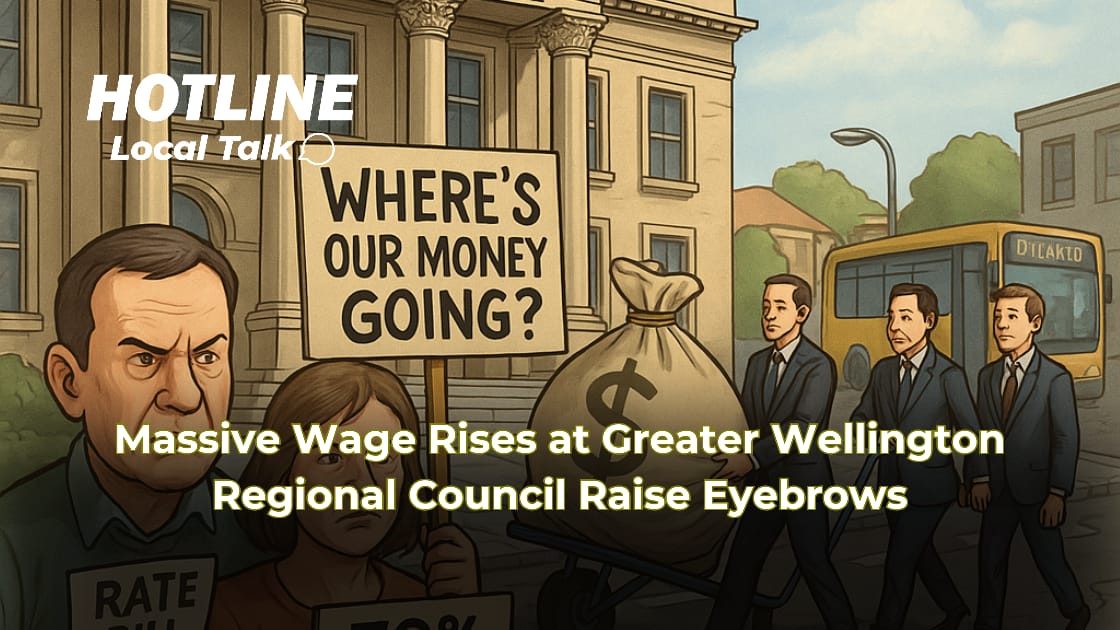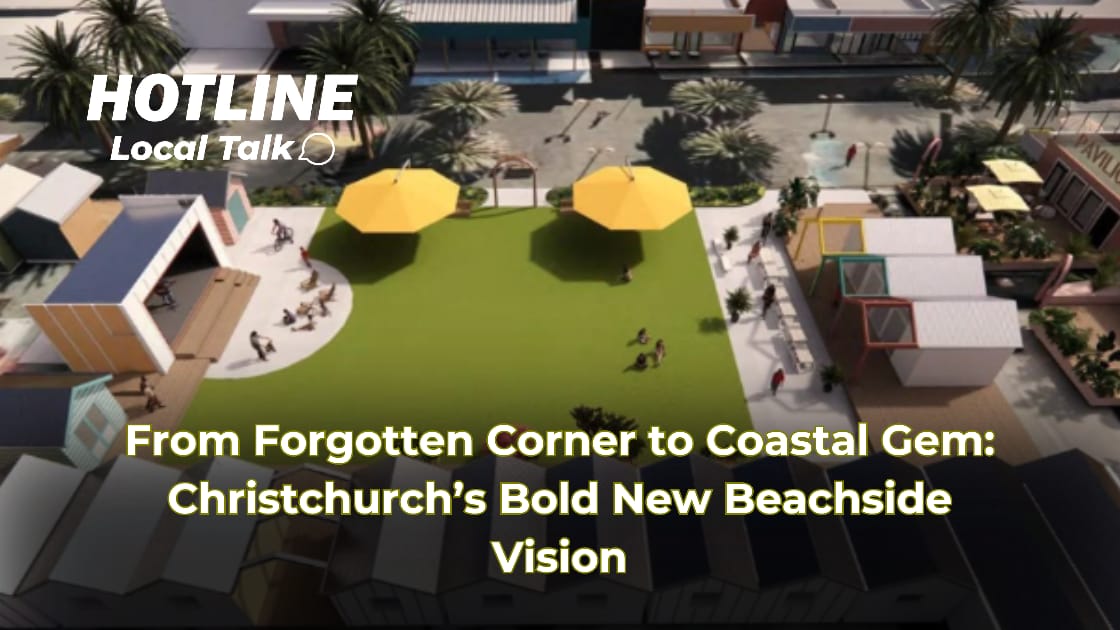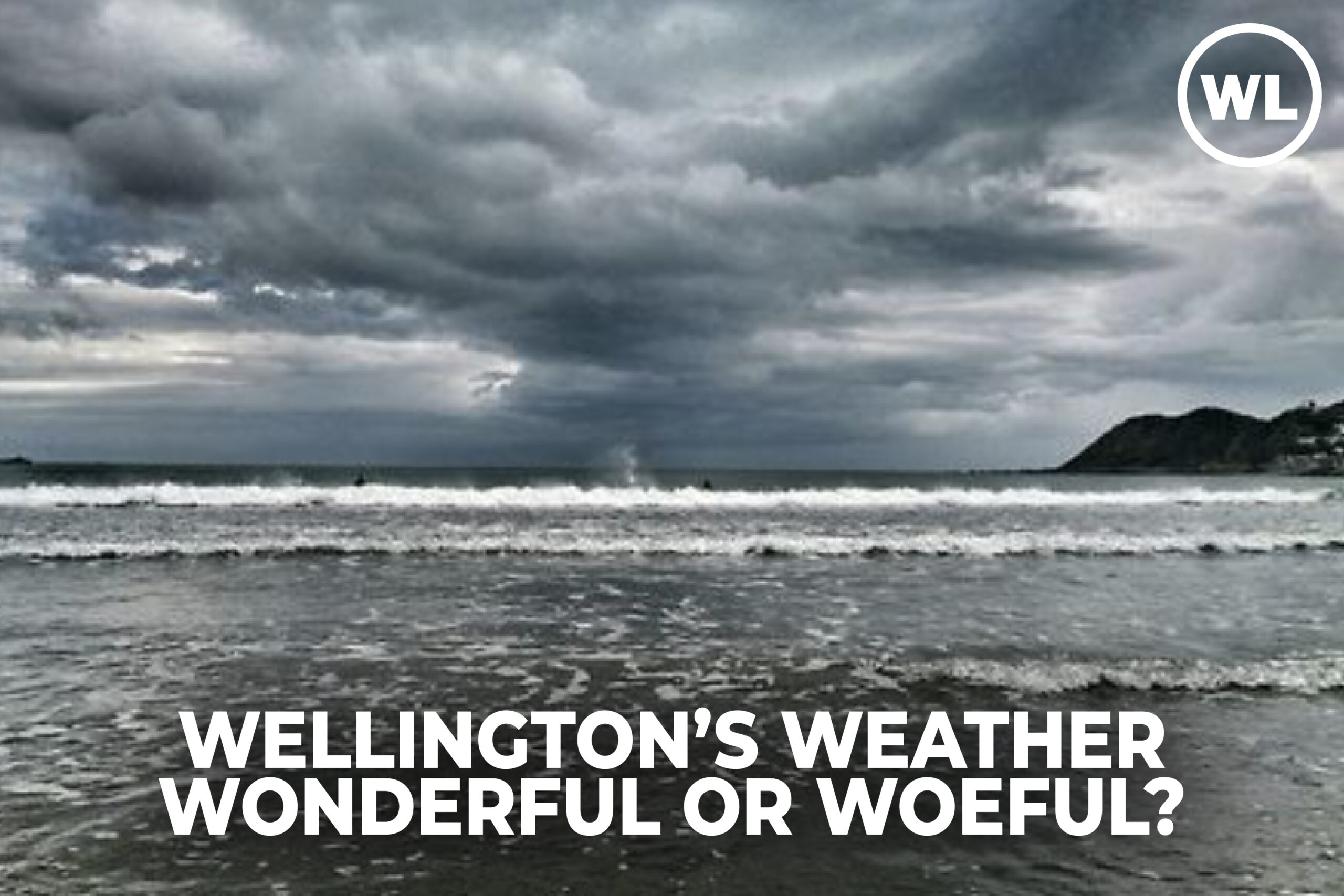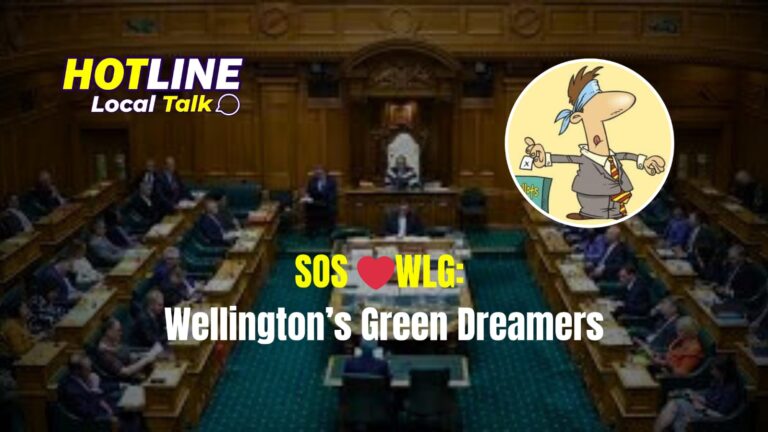Wellington, New Zealand’s capital, is often celebrated as a hub of progressive ideals and environmental activism and is controlled by a set of green / red leaders. Known for its eco-conscious young voters, the city has become a symbol of ideological utopia. However, in the face of pressing global and local challenges, it’s becoming clear that lofty ideals alone may not be enough. Sometimes, we can see how ideology versus reality can spiral out of hand. Take a look at this video of Rory Sutherland. It’s a perfect example of how great ideas can go sideways when practicality isn’t factored in. Wellington, with its lofty goals, must learn from such missteps if it wants to avoid similar failures. The question remains: Can Wellington sustain itself without implementing reliable, grounded solutions?
The Green Dream: Wellington’s Young Voters
Wellington is home to a passionate, youthful voter base that leans strongly toward green politics. This demographic advocates for bold, transformative policies, prioritising climate action, social justice, cheaper, more affordable housing, and equity. Their energy is undeniable, and their vision for the future is inspiring, captivating, and increasingly at risk.
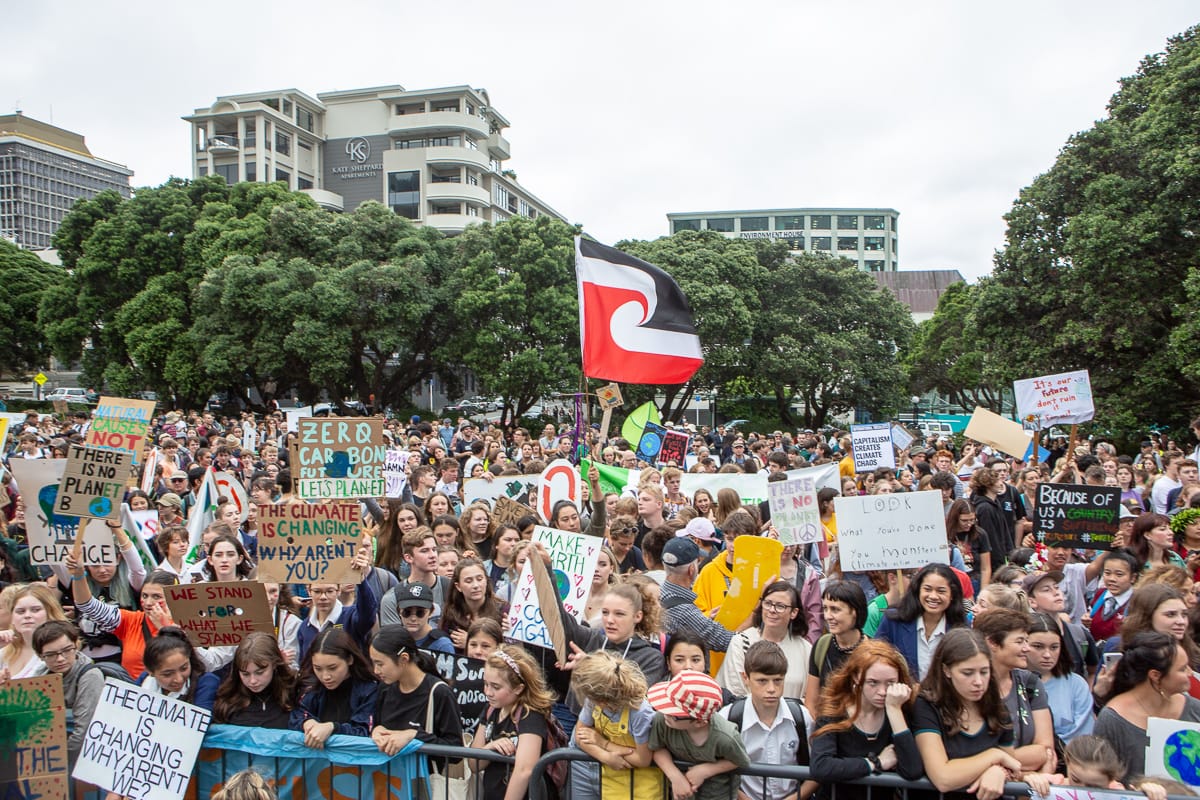 However, while these ideals capture imaginations, they sometimes lack the detailed, realistic planning and complete community buy in needed to be fully effective. The city’s leaders and decision-makers are often faced with the challenge of balancing youthful optimism with the practical and affordable realities of governance.
However, while these ideals capture imaginations, they sometimes lack the detailed, realistic planning and complete community buy in needed to be fully effective. The city’s leaders and decision-makers are often faced with the challenge of balancing youthful optimism with the practical and affordable realities of governance.
Idealism vs. Pragmatism: A Growing Divide
As Wellington tries to move forward, post Covid, the gap between ideology and pragmatic solutions becomes more apparent. Many of the city’s green initiatives, while ambitious, struggle to take off in a meaningful way. For instance, some proposals for carbon-neutral policies and cycleways have faltered due to their cost and complexity. However, affordable housing is making positive progress.
This tension reflects a broader issue seen in many progressive spaces. Idealism fuels movements, but without concrete action plans, long-term sustainability remains uncertain. In its pursuit of being a green utopia, Wellington must address these challenges head-on.
The Need for Sensible Solutions
To ensure a thriving future, Wellington must implement well-thought-out, reliable solutions for all sides. While idealism pushes the city in many ways and offers opportunities, pragmatic approaches will keep it afloat. Infrastructure, housing, and public transportation all require serious attention and sustained expenditure that the community is struggling to grapple with, bringing pushback on the green dreamers. 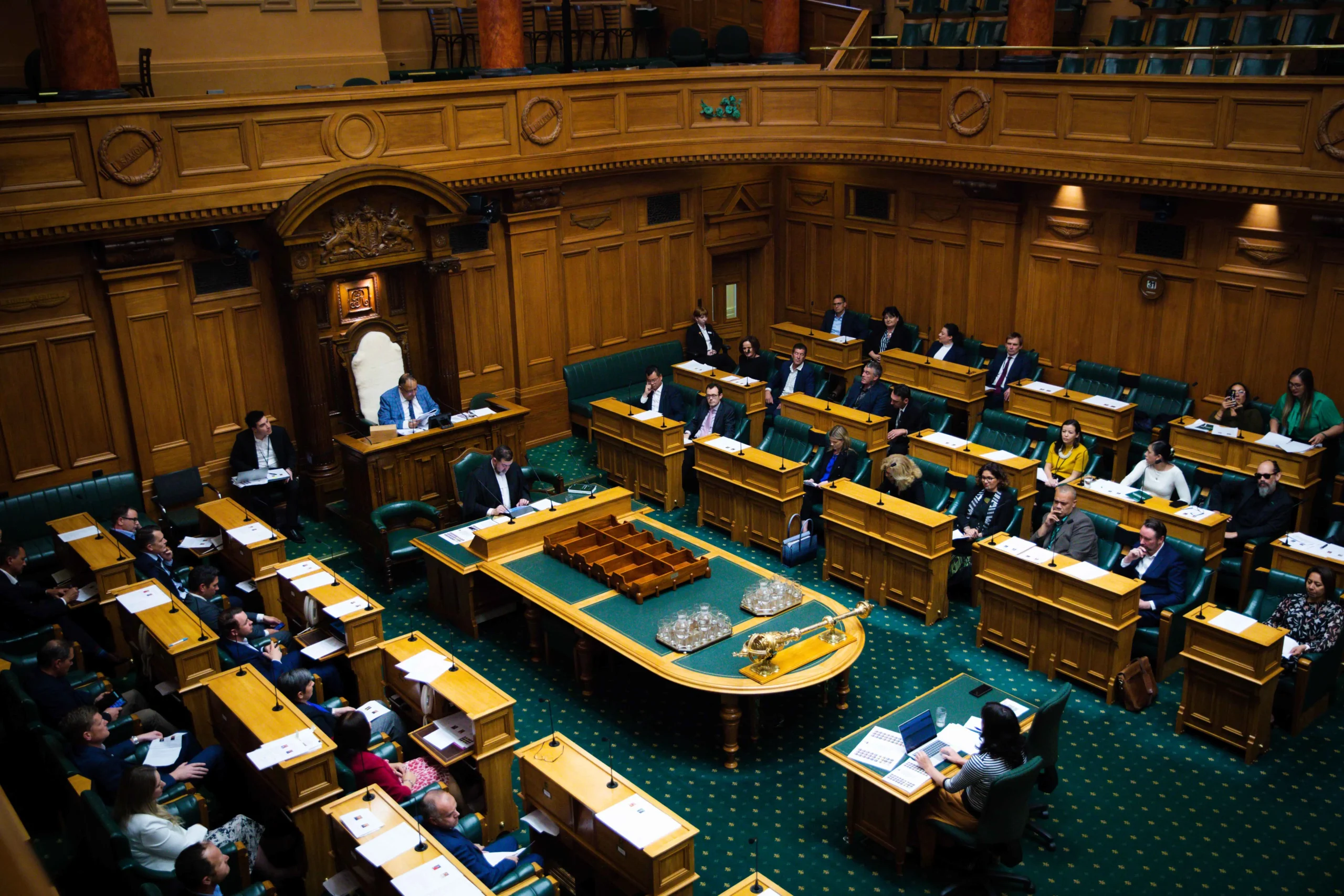
Wellington’s leaders must navigate complex regulatory frameworks and budget constraints to meet these demands. Simply having a vision is no longer enough. The real test lies in the development of affordable execution.
Community Activation: Turning Ideas into Action
Wellington’s young, green voters are not just passive observers; they are actively involved in shaping the city’s future. However, translating activism into actionable change remains a hurdle. Community-driven initiatives have great potential, but they must be supported by clear strategies, adequate resources, and buy-in from the wider community, or they will stall and falter, akin to swimming upstream. Recently, young green voters have been voting with their passports and leaving.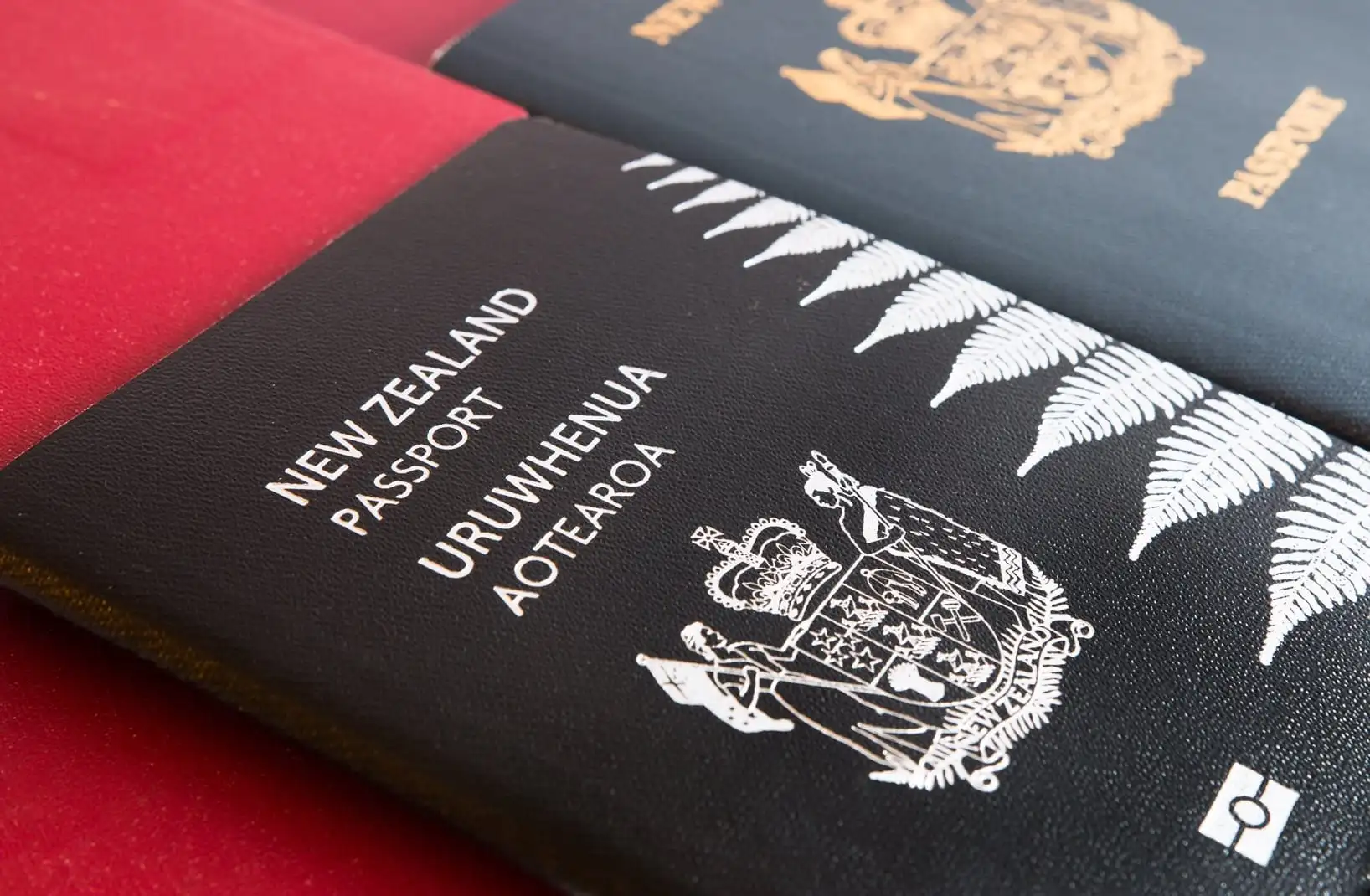
Grassroots projects, such as urban gardening and renewable energy cooperatives, unpopular cycleways show promise. Yet, they require scaling up to make a real impact. For this to happen, collaboration between community leaders and local government is essential. Wellington must foster a culture of cooperation that bridges the gap between ideals and implementation.
Balancing the Future: Ideals and Realism
Wellington’s path to becoming a true green utopia lies in its ability to balance ideals with practicality. A city that prioritises sustainability and equity must also invest in solutions that work in the real world. This means not only dreaming big but also thinking smart and including plans that involve all the community. Wellington’s young voters are crucial in shaping the city’s future, but they will need the support of well-reasoned, reliable strategies if they will be able to afford to live in Wellington.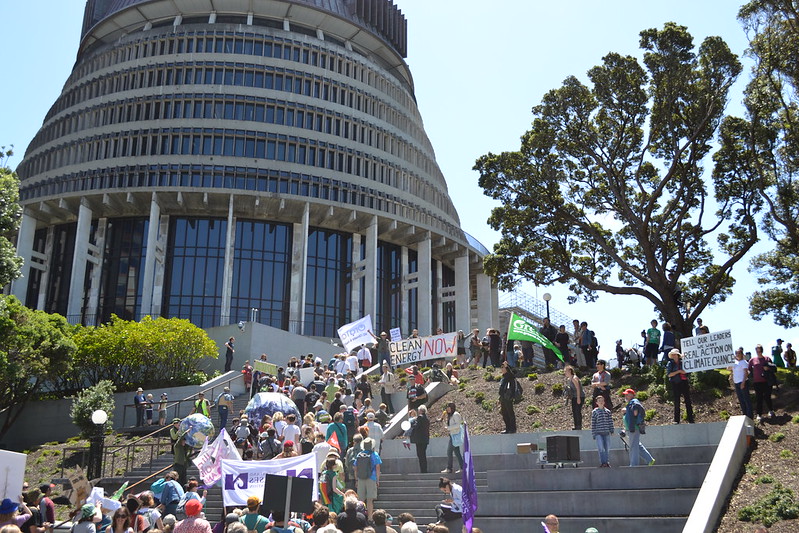
In the end, Wellington’s success as a sustainable, equitable city will not be determined by its ideals alone. It will depend on the city’s ability to transform visionary ideas into tangible, lasting solutions. Only then will the ideological utopia of Wellington survive and thrive.
Conclusion: SOS ❤️WLG—The Call for Action
As Wellington faces a recession bordering on a depression in some areas and an aclear uncertain future, the message is clear: action is needed now. Ideals can inspire change, but they can not replace concrete solutions. The city’s young voters, with their passion for a greener future, have a critical role to play. However, they must work hand-in-hand with policymakers, businesses, and the community to build a future that is both sustainable and realistic.
Wellington can still be the progressive beacon it aspires to be. But first, it needs to shift from dreaming to doing.
TRUTH SEEKER
Instantly run a Quiz with friends... about the article. Interact more & analise the story. Dig in, catch out biased opinions, and "fact check" with TRUTH SEEKER by ONENETWORK WELLINGTONLIVE 👋
Do you agree with the main argument of this article?
Total votes: 0
What is a key challenge faced by Wellington in balancing ideals with practicality?
Bias Analysis
Fact Check Summary
True. The article mentions the challenge of balancing youthful optimism with practical and affordable realities of governance.
Source: Article
Partially true. The article mentions that young green voters have been voting with their passports and leaving.
Source: Article


